The John Deere 6920 is arguably the noughties equivalent of the legendary Ford 5000. It is a highly versatile do-it-all tractor, strongly favoured by arable farmers and contractors alike. During its five-year production run (2001-2006), John Deere sold 4,867 in the UK alone.
Leicestershire farmer and contractor Ashley Davies purchased his 2003 John Deere 6920 AutoQuad at a farm sale in 2008. The TLS-equipped tractor, which had clocked just 1,100 hours, cost him £30,000 (€35,000). Since then, he’s added 4,500 hours to the clock, yet this tidy well-maintained tractor is still valued at around £25,000 (€29,000) today.

The six-cylinder 6.8L John Deere PowrTech engine is renowned for its smooth-running and linear power delivery. Life expectancy can exceed 15,000 hours with regular maintenance.
Ashley’s working fleet looks like a guest list for a John Deere reunion. The list includes a Manheim-built John Deere 3650 (115hp) and the aforementioned 6920 (150hp). His fleet also includes four US-built models, including a 7710 (155hp), a 7810 (185hp), an 8420 (235hp) and a twin-track 8520T (255hp).
“One of the reasons I stick with old-school John Deere tractors is because they really hold their value,” reveals Ashley.
“Depreciation on these tractors is minimal once they are over 10 years old, and the comparative simplicity of their design makes them easier to service and maintain.”
Having established the 6920 has depreciated very little in value, Ashley also revealed the tractor has proved to be mechanically bullet-proof, having only required a new radiator and transmission oil-cooler since he’s owned it.
“When I bought it, I got a really good deal on the tractor,” he concedes.
“At the time, some people thought I was mad buying it, because John Deere had just launched the 6030-series and the new John Deere 6930 was on everyone’s wish list. In my opinion, the 6920 was simply a better tractor than the 6930, and I still believe that today.”

The 6920 is powered by a 6.8 litre, six-cylinder turbo-charged PowrTech engine, which in post-2002 models featured high-pressure common-rail injection and a four-valve cylinder head.
The John Deere 6820, 6920 and 6920S were the largest and most powerful models in the six-cylinder 6020-series lineup. Essentially they were all the same tractor, albeit with different horsepower ratings and a variation in the specification of their standard equipment.
All three models were powered by the same 6.8l, six-cylinder turbo-charged PowerTech engine, which in post-2002 models featured high-pressure common-rail injection and a four-valve cylinder head. The 6920S tractor featured an electronic power boost that increased power to 160hp (MAX).
The standard transmission used in the 6920 tractor was the four-speed power shift, five-range 20F/20R PowrQuad Plus, a simple to use and extremely reliable 40km/h unit which was also the most popular. The 6920S tractor came standard with the upgraded AutoQuad II unit (which was an option on the 6920), and was also available with John Deere’s (IVT) AutoPowr transmission.
All three gearboxes were available in 50km/h specification, and an optional Economy mode was available on AutoQuad-equipped tractors. All tractors featured a left-hand, electronic forward-reverse shuttle lever.
From the operator’s perspective, the John Deere Techcentre cab provides an excellent working environment. Ergonomically refined and quiet with well-placed controls, the cab is generally well liked, although there are a few well-known niggles to be aware of, as Ashley explains.
“The Grammar air-suspension seat makes this a comfortable tractor to drive. However, the seat mechanisms do become worn in time and they can develop air leaks. Another niggle is that the power-shift buttons mounted on top of the gear lever quickly wear out and look tatty. Once this happens, the driver has to use a rocker switch on the console to make gear changes.
He adds: “Other quirks include the exhaust shields, which are notorious for rattling and eventually breaking. You also need to be mindful of the pick-up hitch locking pin mechanism, which is prone to coming loose. This frequently needs checking, if an expensive disaster is to be avoided.”
As one of the most versatile tractors in the Davies’ fleet, the 6920 is mounted on flotation tyres in the spring and used for rolling and fertiliser spreading. During the summer when it’s back on standard tyres, it’s the go-to road machine for trailer work, whether that’s carting grass for silage, grain from the combine, or bale trailers loaded with hay or straw. In winter, it’s often seen on the Keenan diet feeder or a Bunning Lowlander spreading muck.
“The tractor is sometimes used for ploughing if we’re behind with our work,” adds Ashley. “Thanks to the terrible wet weather, this year we have very little ground work done, so it will spend several weeks attached to a five-furrow Kverneland plough in preparation for sowing spring corn.
“These tractors have plenty of power for their size and weight, and will handle a five-furrow plough extremely well. In fact, you can pretty much throw almost anything at them, as long as they are well maintained.”
The John Deere 6920 is arguably the noughties equivalent of the legendary Ford 5000. It is a highly versatile do-it-all tractor, strongly favoured by arable farmers and contractors alike. During its five-year production run (2001-2006), John Deere sold 4,867 in the UK alone.
Leicestershire farmer and contractor Ashley Davies purchased his 2003 John Deere 6920 AutoQuad at a farm sale in 2008. The TLS-equipped tractor, which had clocked just 1,100 hours, cost him £30,000 (€35,000). Since then, he’s added 4,500 hours to the clock, yet this tidy well-maintained tractor is still valued at around £25,000 (€29,000) today.

The six-cylinder 6.8L John Deere PowrTech engine is renowned for its smooth-running and linear power delivery. Life expectancy can exceed 15,000 hours with regular maintenance.
Ashley’s working fleet looks like a guest list for a John Deere reunion. The list includes a Manheim-built John Deere 3650 (115hp) and the aforementioned 6920 (150hp). His fleet also includes four US-built models, including a 7710 (155hp), a 7810 (185hp), an 8420 (235hp) and a twin-track 8520T (255hp).
“One of the reasons I stick with old-school John Deere tractors is because they really hold their value,” reveals Ashley.
“Depreciation on these tractors is minimal once they are over 10 years old, and the comparative simplicity of their design makes them easier to service and maintain.”
Having established the 6920 has depreciated very little in value, Ashley also revealed the tractor has proved to be mechanically bullet-proof, having only required a new radiator and transmission oil-cooler since he’s owned it.
“When I bought it, I got a really good deal on the tractor,” he concedes.
“At the time, some people thought I was mad buying it, because John Deere had just launched the 6030-series and the new John Deere 6930 was on everyone’s wish list. In my opinion, the 6920 was simply a better tractor than the 6930, and I still believe that today.”

The 6920 is powered by a 6.8 litre, six-cylinder turbo-charged PowrTech engine, which in post-2002 models featured high-pressure common-rail injection and a four-valve cylinder head.
The John Deere 6820, 6920 and 6920S were the largest and most powerful models in the six-cylinder 6020-series lineup. Essentially they were all the same tractor, albeit with different horsepower ratings and a variation in the specification of their standard equipment.
All three models were powered by the same 6.8l, six-cylinder turbo-charged PowerTech engine, which in post-2002 models featured high-pressure common-rail injection and a four-valve cylinder head. The 6920S tractor featured an electronic power boost that increased power to 160hp (MAX).
The standard transmission used in the 6920 tractor was the four-speed power shift, five-range 20F/20R PowrQuad Plus, a simple to use and extremely reliable 40km/h unit which was also the most popular. The 6920S tractor came standard with the upgraded AutoQuad II unit (which was an option on the 6920), and was also available with John Deere’s (IVT) AutoPowr transmission.
All three gearboxes were available in 50km/h specification, and an optional Economy mode was available on AutoQuad-equipped tractors. All tractors featured a left-hand, electronic forward-reverse shuttle lever.
From the operator’s perspective, the John Deere Techcentre cab provides an excellent working environment. Ergonomically refined and quiet with well-placed controls, the cab is generally well liked, although there are a few well-known niggles to be aware of, as Ashley explains.
“The Grammar air-suspension seat makes this a comfortable tractor to drive. However, the seat mechanisms do become worn in time and they can develop air leaks. Another niggle is that the power-shift buttons mounted on top of the gear lever quickly wear out and look tatty. Once this happens, the driver has to use a rocker switch on the console to make gear changes.
He adds: “Other quirks include the exhaust shields, which are notorious for rattling and eventually breaking. You also need to be mindful of the pick-up hitch locking pin mechanism, which is prone to coming loose. This frequently needs checking, if an expensive disaster is to be avoided.”
As one of the most versatile tractors in the Davies’ fleet, the 6920 is mounted on flotation tyres in the spring and used for rolling and fertiliser spreading. During the summer when it’s back on standard tyres, it’s the go-to road machine for trailer work, whether that’s carting grass for silage, grain from the combine, or bale trailers loaded with hay or straw. In winter, it’s often seen on the Keenan diet feeder or a Bunning Lowlander spreading muck.
“The tractor is sometimes used for ploughing if we’re behind with our work,” adds Ashley. “Thanks to the terrible wet weather, this year we have very little ground work done, so it will spend several weeks attached to a five-furrow Kverneland plough in preparation for sowing spring corn.
“These tractors have plenty of power for their size and weight, and will handle a five-furrow plough extremely well. In fact, you can pretty much throw almost anything at them, as long as they are well maintained.”






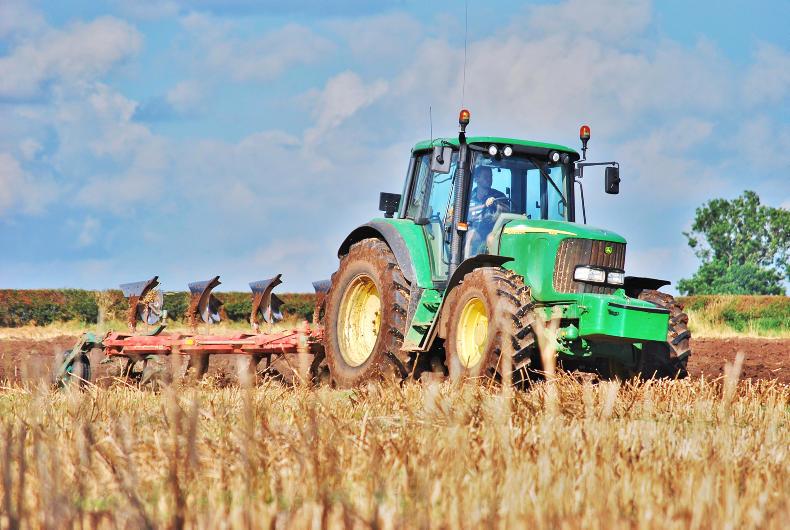
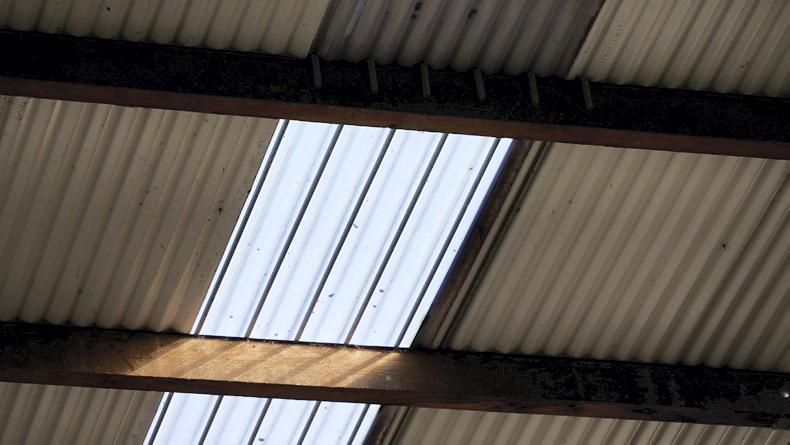
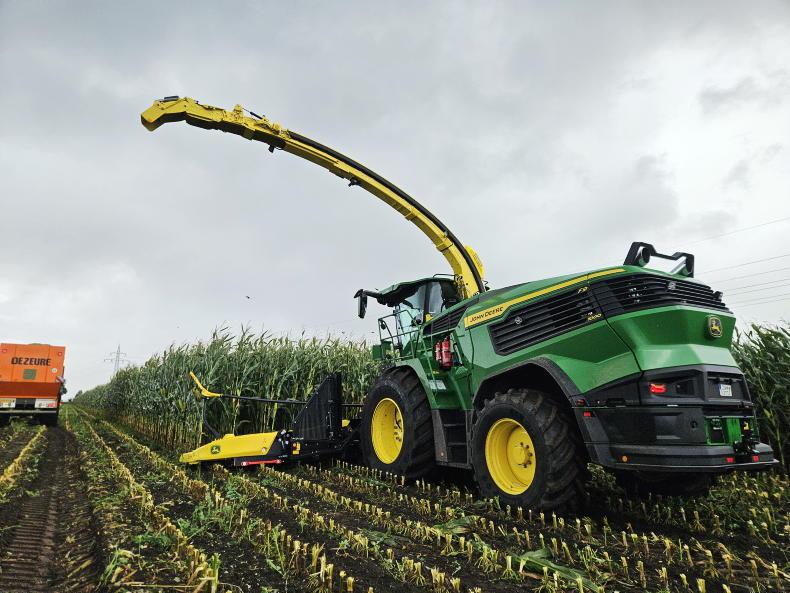
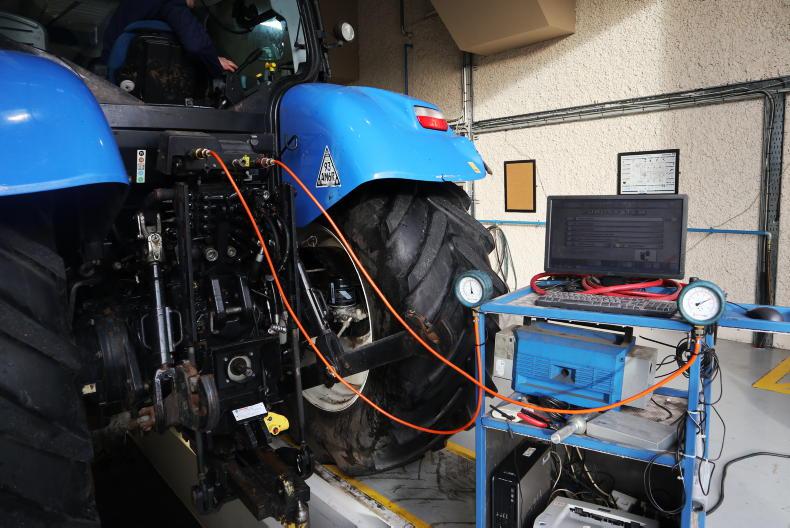
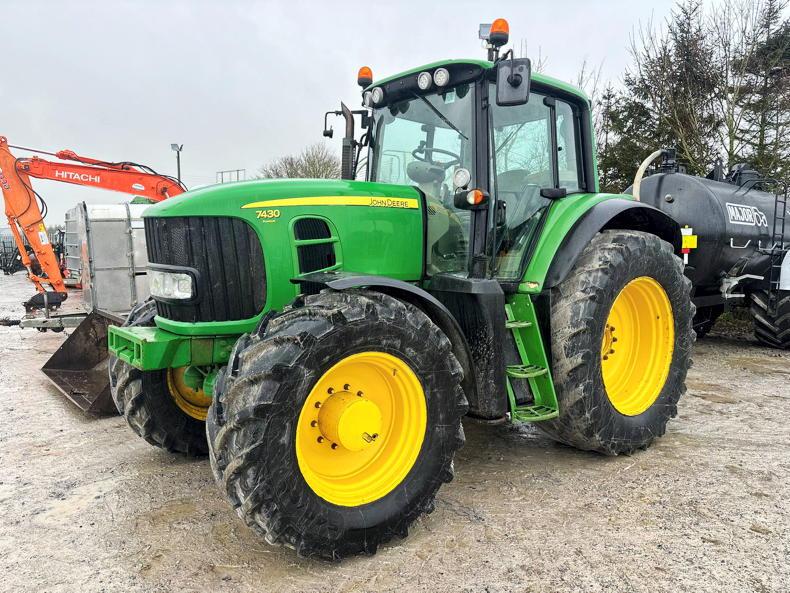
SHARING OPTIONS